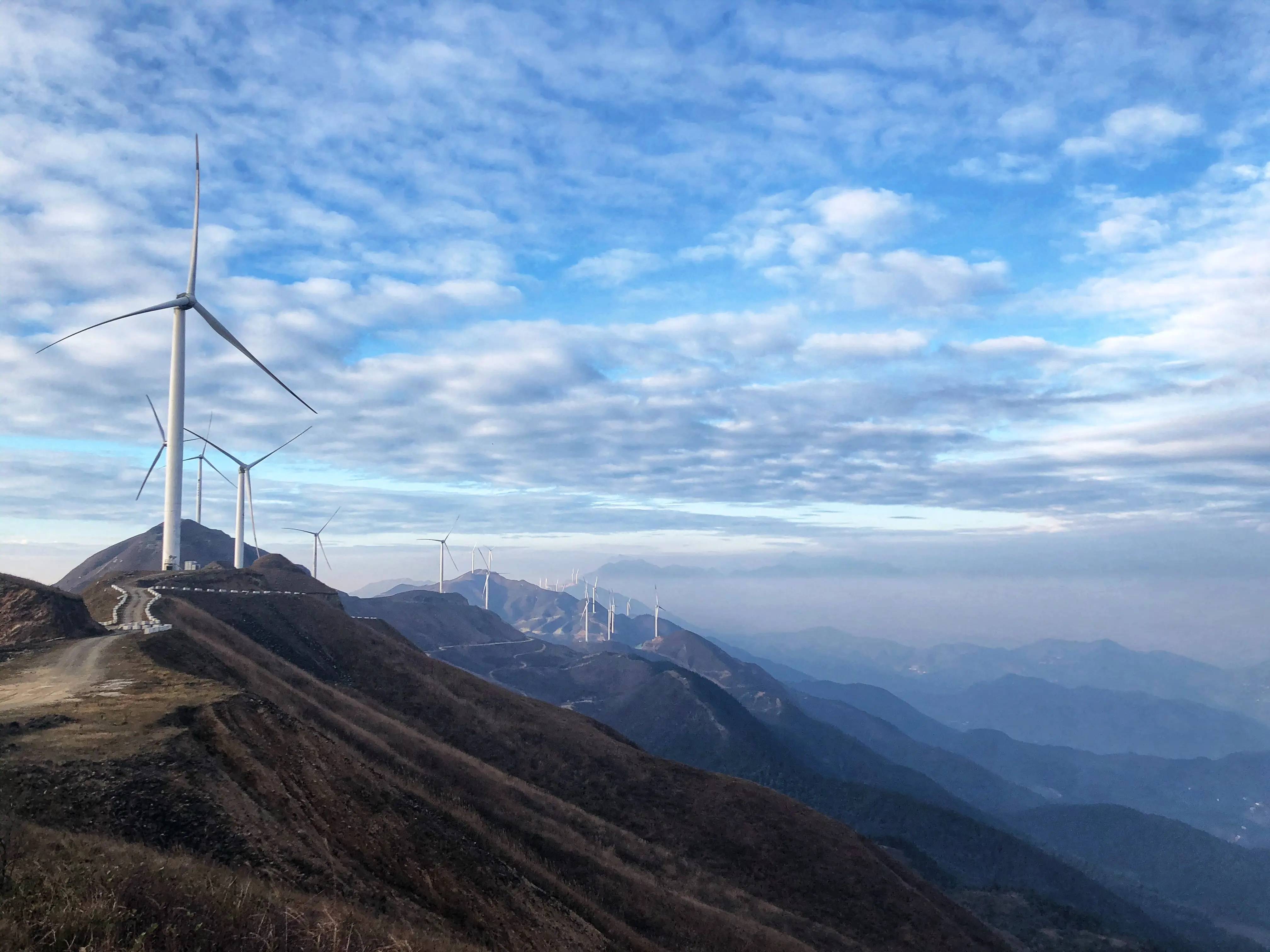
1월 . 27, 2024 16:38 다시 목록으로
마이크로그리드: 누구의 아이디어가 나왔나요?
세계 인구가 계속 증가함에 따라 전력 수요도 증가하고 있습니다. 그러나 해결해야 할 몇 가지 과제가 있습니다. 현재 북미 전력망 및 천연가스 분배 파이프라인 시스템에 연결되지 않은 캐나다의 약 200,000명을 포함하여 전 세계적으로 10억 명 이상의 사람들이 에너지 그리드에 접근할 수 없습니다.
자연 재해와 기상 이변으로 인해 전력 공급이 중단되어 며칠 동안 지속될 수 있는 대규모 정전 사태가 발생하기도 합니다. 더욱이 송전 시스템의 한 구성 요소에 장애가 발생하면 전체 전력망에 영향을 미쳐 광범위한 정전이 발생할 수 있습니다.
To tackle these issues, the concept of microgrids has gained popularity. A microgrid is a energy system that can operate independently or in conjunction with larger grids. It contains all the necessary components to provide electricity to a specific community, typically serving a smaller population of around a thousand or a few hundred people. This approach decentralizes the power supply generation and distribution process, making it more resilient and less prone to grid failures.
Unlike large-scale energy grids that connect buildings to central power supply sources like coal, nuclear, and gas plants, a microgrid functions as an isolated island. This independence can prove beneficial during crises such as storms or outages. Many microgrids utilize a combination of renewable energy sources and batteries, with natural gas serving as backup. While microgrid power supply is not necessarily more reliable, communities located far away from larger power sources can benefit from the localized control and ownership of electricity generation.
마이크로그리드의 주목할 만한 사례 중 하나는 10여 년 전 일본 센다이에 건설된 마이크로그리드입니다. 이 마이크로그리드는 태양 에너지, 가스, 배터리 저장 장치를 혼합하여 구동됩니다. 2011년 엄청난 쓰나미와 지진이 발생했을 때 센다이 마이크로그리드는 도호쿠 후쿠시 대학 부속 병원에 전력과 난방을 공급하여 광범위한 정전 중에도 중요한 서비스가 유지되도록 했습니다.
The impacts of power outages on society and the economy are significant, and the climate crisis exacerbates these challenges. Jana Ganion, energy director for Blue Lake Rancheria, an Indigenous reserve in California, emphasizes the urgent need for solutions, stating, "Widespread power outages cause a lot of social and economic damage and destruction. And the climate crisis is making all of this worse." Blue Lake Rancheria successfully launched a solar microgrid in 2015, providing electricity to thousands of people nearby when millions of Californians had their power supply shut off due to wildfire risk.

However, setting up a microgrid can be a costly endeavor, particularly in densely populated urban or suburban areas with existing infrastructure. Consumers tend to stick with what is already in place, and for the majority of Canadians, that means relying on hydroelectric power supply. Nuclear and coal plants are also significant power sources in the country. Raising the necessary capital for building power plants, whether they are traditional or microgrids, is challenging for some countries. The autonomy and self-sufficiency that microgrids offer can be especially relevant in such cases.
캐나다 전역에는 전력 생산을 위해 디젤 구동 마이크로그리드에 크게 의존하는 거의 300개의 원격 커뮤니티가 있습니다. 보다 친환경적인 옵션의 필요성을 인식한 캐나다 연방 정부는 지난 10년 동안 지역 기관과 협력하여 보다 지속 가능한 에너지 솔루션을 탐색하고 구현해 왔습니다. 전기 공급 외에도 마이크로그리드는 처리 과정에 전력을 공급하여 깨끗한 식수에 접근하는 데 중요한 역할을 할 수 있습니다.
In conclusion, the global demand for electricity continues to rise, and challenges such as lack of access to energy grids and disruptions caused by natural disasters persist. Microgrids have emerged as a promising solution, offering localized power supply generation and distribution systems that can operate both independently and in conjunction with larger grids. While establishing microgrids can be costly, they provide autonomy and resilience, especially in remote areas or during crises. Exploring greener options, such as renewable energy sources, battery storage, and natural gas backup, can make microgrids even more sustainable and beneficial for communities.
침해시 삭제됩니다
참고사이트:https://www.cbc.ca
-
Wireless DC Charging: The Next Frontier in Contactless EV Power Delivery
소식Aug.04,2025
-
Hybrid BMS Energy Controls: Integrating Renewable Energy Sources
소식Aug.04,2025
-
Blockchain for Secure and Decentralized EMS Power Systems
소식Aug.04,2025
-
AI-Driven for Smart Grids: Energy Management System (EMS)
소식Aug.04,2025
-
Advanced Distribution Management System (ADMS) Energy
소식Aug.04,2025
-
5G-Enhanced BMS Energy Savings: Ultra-Low Latency Control
소식Aug.04,2025























